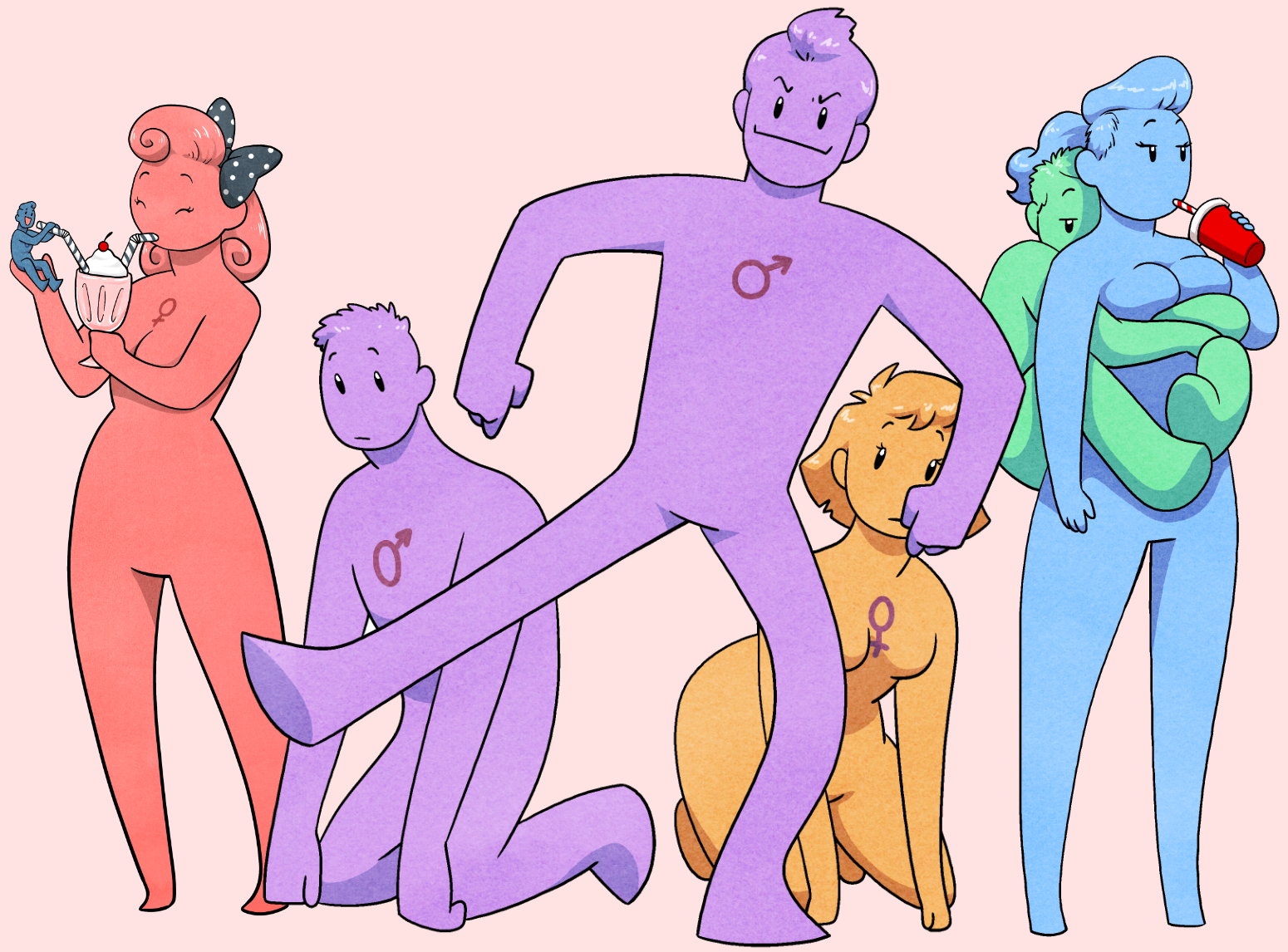
Don't let the sun catch ya
The facekini was invented as protection against the many jellyfish along the Chinese coast, but the women quickly learned that is was also excellent for not getting a tan. Light colored skin has traditionally been considered the prettiest in large parts of Asia, so the facekini was godsend for women who wanted to stay traditionally pretty while also enjoying trips to the beach.
Today facekinis are mostly used by the older generations. Younger Chinese people don't get the hoha about light skin.
Sister China China
21st September 2015
10 years ago #9408551
6
0
The fashionability of getting tanned vs staying pale is an interesting topic in the Western history as well. Back in the agrarian societies when most people worked outside, pale skin was the "expensive signal" for the ladies. Sort of "look at me! I'm so wealthy and high class that I can stay indoors all day." Industrial revolution made indoor jobs more common and slowly the tanned skin became the symbol of wealth. "Look at me! I can afford to travel south and lay on the beaches." I think in the most recent years with travel being more accessible to masses, it's starting to lose status, but it is still a symbol of an active, healthy lifestyle.
7 years ago #9797743
5
0
Whoops. You don't understand at all...
Asian (and African) skin mostly shows age by getting skin discoloration--age spots and patchy looking skin. European skin shows age by wrinkling.
The age spots really, really start showing if you go out in the sun. Instead of getting an all-over suntan, older Asian women get really blotchy looking. Therefore, it is the older women, most concerned about aging and the most immediately affected by a day in the sun, who use these things.
Asian (and African) skin mostly shows age by getting skin discoloration--age spots and patchy looking skin. European skin shows age by wrinkling.
The age spots really, really start showing if you go out in the sun. Instead of getting an all-over suntan, older Asian women get really blotchy looking. Therefore, it is the older women, most concerned about aging and the most immediately affected by a day in the sun, who use these things.
10 years ago #9408446
4
0
I can see it now: Chinese women versus Mexican wrestlers... LEEEEEEET'S GET READY TO RRRRRRUUUUUUMMMBLE!
10 years ago #9408311
3
0
Well...as a Chinese girl, I'm often asked by non-Chinese about facekinis...I NEVER USE IT!!!!!I don't think pale or tanned can be a problem, both can be beautiful if I say, but of course that isn't the mainstream idea in China...
About pale skin: it's some traditional idea of beauty which has been thousands of years...more like kind of 'habit', don't ask me why Taking (local/or so called white?)European as beauty is not earlier than 19th century I think, but that was about such as eyes and nose, not skin~
Taking (local/or so called white?)European as beauty is not earlier than 19th century I think, but that was about such as eyes and nose, not skin~
P.S. love the scaring patterns! want to see her face ;)
About pale skin: it's some traditional idea of beauty which has been thousands of years...more like kind of 'habit', don't ask me why
P.S. love the scaring patterns! want to see her face ;)
10 years ago #9408305
3
0
This seems a great business opportunity for Muslim Hijab to enter Chinese market.
Add comment: Please Sign in or create an accout to comment.



 Support the comic on
Support the comic on 









/https%3A%2F%2Fblueprint-api-production.s3.amazonaws.com%2Fuploads%2Fcard%2Fimage%2F201058%2F1ae18523ae1c4c998a369fc961be91b9.jpg)













19